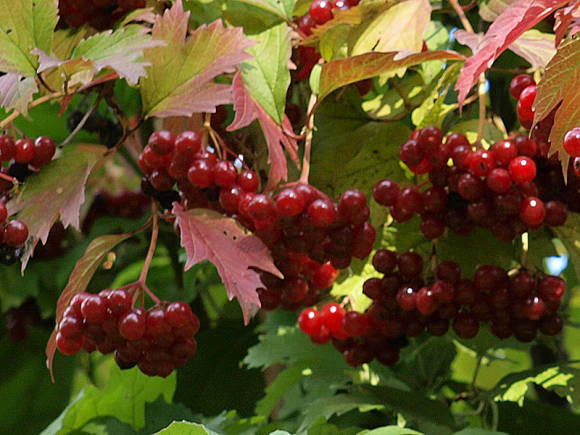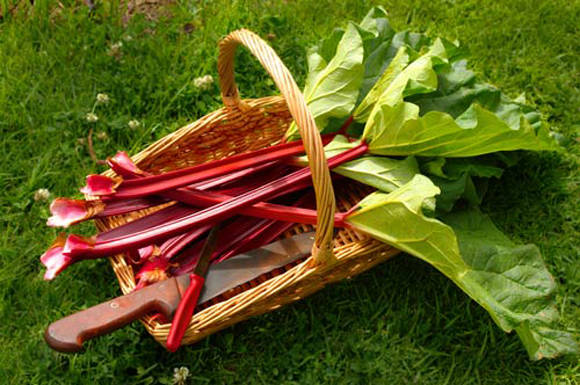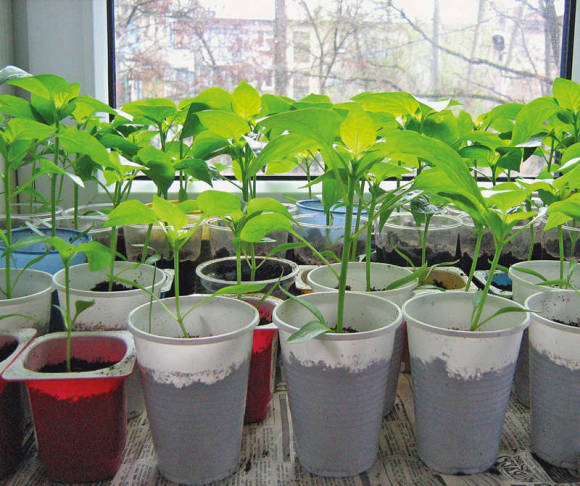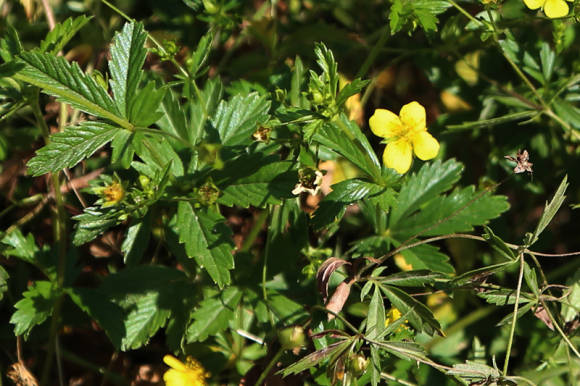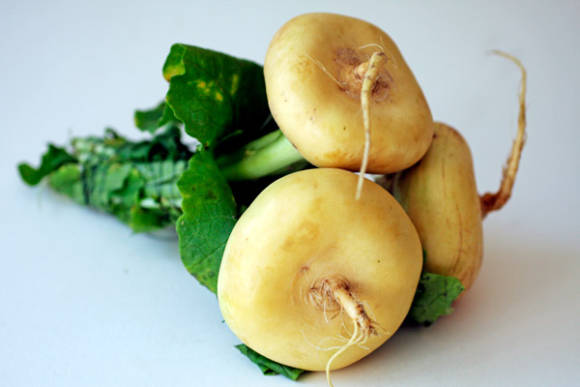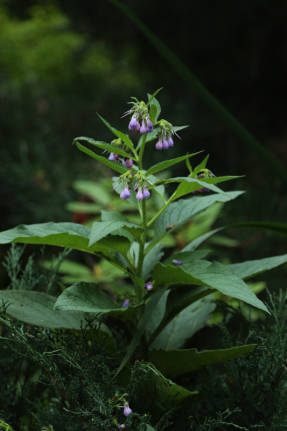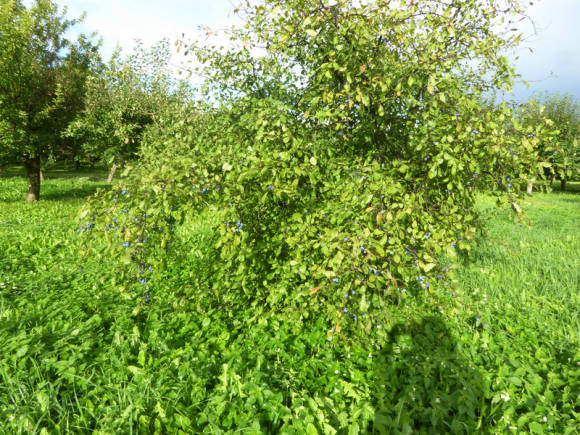Oleander (Nerium oleander) is well known for a long time. Its lush, fragrant blossoms adorned the gardens of Ancient Greece and Rome.
It is a large evergreen shrub with upright, profusely branched shoots covered with whorls of long lanceolate leathery leaves. The flowers, collected in large inflorescences at the ends of the branches, are usually brightly colored and have a pleasant aroma, and the flowering time can last from spring to mid-autumn.
 |
In countries with colder than Mediterranean climates, oleander can only be grown as a tub or pot plant. It is ideal to keep it from spring to mid-autumn in the garden in the open sun, and for the winter, transfer the tub to a bright, cool greenhouse with a low positive temperature, where this subtropical plant will gain strength during the winter rest period for rapid and long flowering next year. The difficulties of home maintenance lie in the lack of light and fresh air, which are so necessary for this plant, as well as in the absence of winter coolness.
Oleander is a poisonous plant. When growing a house, it is necessary to avoid possible contact with small children and animals; be sure to warn children about the danger of poisoning. Even dry parts of the plant remain toxic.
More details - on the page Oleander.
It's good if there is a place for the oleander on a warm, winter-free and light balcony, where he can spend the whole year.
 |
Light. For long-term and abundant flowering, the plant needs bright sunlight. Oleander grows well enough on southern windows. In the north, due to lack of light, there will be no flowering, and leaf fall may begin. In winter and with a lack of natural light, artificial supplementary lighting is required, the duration of daylight hours in winter should be 8-10 hours. After the winter rest and when the plant is taken out into the open air, it should be gradually accustomed to bright sunlight in order to avoid leaf burns.
Content temperature. Oleander tolerates high summer temperatures well, in nature and in the open field it can withstand short-term temperatures up to -10 ° C, but in a pot, the temperature should not be allowed to drop to negative values. Before freezing, the tub with the plant should be removed to the greenhouse or brought into the house. The optimum temperature for keeping a plant in summer is within + 20 + 28 ° C, in winter it is desirable to lower it to + 10 + 15 ° C (permissible - up to + 1 ° C). Oleander is a subtropical plant, and needs a mandatory winter rest. It is important to note that a good supply of fresh air must be provided at any time of the year.
Watering. In the spring-summer period, oleander in a sunny place is watered regularly and abundantly immediately after the top layer of the soil dries. In nature, oleander tolerates drought well, but this happens due to well-developed and deeply rooted roots; in a pot, it does not tolerate overdrying of an earthen coma. In winter, with a cool content, the abundance and frequency of watering decreases, the lump is maintained in a slightly damp state (when the soil is waterlogged, the roots can rot). Watering should be done with soft, settled water at ambient temperature or 2-5 degrees warmer.
Air humidity. In summer, the plant does not need spraying, but at high temperatures it is advisable to increase the humidity of the air by spraying the crown and at the same time providing good ventilation so that the leaves do not overheat. When kept cool in winter, at temperatures below + 18 ° C, spraying is not carried out, but in autumn and spring, with a warmer content with the batteries turned on, spray the crown often (2-5 times a day), provide an influx of fresh air. Due to the dry air, the tips of the leaves dry out and the risk of spider mite damage increases.
Soil and transplants. Oleander is undemanding to the composition of the soil, but it must be well drained. For young plants, a ready-made, purchased peat, slightly acidic substrate, containing 1/3 of the volume of perlite, is suitable. For older specimens, especially for tub plants, which will stand in direct sun and wind in summer, in order to prevent the soil from drying out too quickly, turf soil is added to it, gradually increasing its content as it grows. Young plants are transplanted annually in spring, but provided that the lump is well mastered by the roots, older specimens are transplanted every 3-5 years. In large tub plants, you can limit yourself to replacing the top layer of soil with a fresh one every 6-12 months. Transplanting should be carried out by careful handling without damaging the roots.
Top dressing. Feed the entire growing season with universal complex fertilizers for indoor plants, which must include trace elements. With the beginning of the growing season (from mid-February to mid-March) and before the end of growth (October), reduce the dosage by 2 times. From November to mid-February, the plant is not fed.
Pruning carried out immediately after flowering in autumn or early spring, in early - mid-February, before the start of active growth. It helps to maintain a compact size and provide abundant branching and flowering. Since the buds are laid at the ends of young shoots, the more of them formed after pruning, the more magnificent the flowering will be. Pruning later can delay flowering times.
Oleander can be grown in bushy form, periodically trimming old shoots low. Either as a multi-stemmed tree with several strong shoots, which are left to grow loosely, or freed from the bottom from the leaves and tied with a jute rope in the form of an umbrella. Timely pinching of the tops of the shoots will help to maintain the desired shape. The oleander can also be formed as a single-stemmed tree, leaving only the strongest shoot. It should be immediately tied to a vertical support.
 |
Precautionary measures. When pruning, beware of getting milky juice on the mucous membranes of the eyes, the juice can cause burns! Wash your hands and face thoroughly, do not use food utensils. Remember the toxicity of all parts of the plant.
Reproduction. Oleander is propagated by cuttings and seeds.
When cutting cuttings, be careful, take precautions!
Cuttings can be taken from spring to autumn. To do this, cut off the tops of shoots 10-15 cm long, in which the stem began to lignify from below. Allow the milky juice to drain under running cold water. The lower part of the cutting is powdered with Kornevin and planted in a moderately moist sterile soil with perlite (1: 1), in pure perlite or peat tablets. The planted cuttings are placed in a greenhouse with high air humidity, which is placed under bright artificial light and in a warm place, preferably with bottom heating.
Read more in the article Cutting indoor plants at home.
The seeds must be fresh, as the germination rate drops rapidly. They can be pretreated with stimulants (Epin and others). The seeds are spread over the surface of the disinfected peat soil with a large amount of perlite and lightly sprinkled on top. The planting box is placed in a warm place, the first shoots appear in 10-15 days.
Pests. Despite its toxicity, the plant is susceptible to attack by pests such as mealybugs, scale insects, aphids, and spider mites.
About control measures - in the article Houseplant pests and control measures.
 |
Possible difficulties in growing oleander
- Lack of flowering it is caused by a lack of light, exhaustion during a too warm winter.
- Poor bloom due to aging shoots, lack of pruning, insufficient nutrition or watering, lack of light. Conditions of detention and care should be established.
- Whitish leaves appear with a strong tick infestation in unfavorable conditions (insufficient lighting, lack of fresh air supply, dry soil). Give the oleander a shower regularly, correct the conditions of detention, and treat it with acaricides if it is severely infested with a spider mite.
- Yellowing and dropping of a large number of leaves at once usually occurs in autumn due to lack of light. It is necessary to lower the temperature of the content and increase the illumination.
Photo by Nina Starostenko and from the GreenInfo.ru forum

